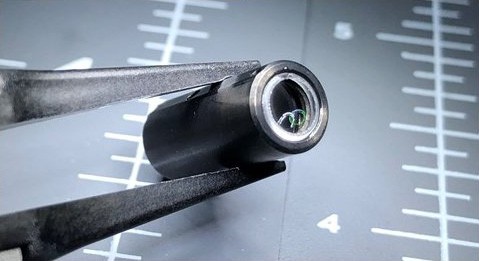A Guide to Optical Metrology Techniques
Deciphering the complex world of optics can be daunting without a basic understanding of its cornerstone—metrology. This often-overlooked field is responsible for defining units of measurement, ensuring accuracy, and enabling precise optical designs. The revolutionizing advances of metrology techniques have infiltrated various industries, be it healthcare, manufacturing, or telecommunications. In this guide, we explore the role of metrology and popular strategies.










